Sling Dog Lift Belt: Complete Guide to Mobility Support, Uses, and Safety for Your Dog
As dogs age or face injuries, their ability to walk, climb, or even stand can become compromised. This limitation not only affects their physical health but can also lead to anxiety and depression. That’s where supportive tools like the Sling Dog Lift Belt come into play. Designed specifically to support the dog’s hindquarters, this lift belt helps restore movement, independence, and dignity.
The Sling Dog Lift Belt is especially helpful for dogs dealing with orthopedic conditions, post-surgical recovery, neurological issues, and age-related muscle weakness. In this comprehensive blog, we’ll explore the various indications for its use, how it works, step-by-step usage instructions, safety tips, and much more.
What is a Sling Dog Lift Belt?
A Sling Dog Lift Belt, also known as a rear support harness or hind leg lift harness, is a padded strap-like device designed to support a dog’s rear legs. It wraps around the dog’s belly or hindquarters, allowing a caregiver to lift and assist the dog while walking, standing, or climbing stairs.
Made with durable materials and adjustable straps, these belts are engineered to:
- Reduce pressure on painful joints.
- Prevent further injury or strain.
- Help dogs maintain balance and coordination.
- Allow pet parents to assist without lifting the entire body weight.
Anatomy of the Sling Dog Lift Belt: Key Features
1. Padded Belly Support
- Provides cushioning for comfort.
- Protects against rubbing and chafing.
2. Adjustable Straps
- Allows for a secure fit for dogs of various sizes and breeds.
3. Ergonomic Handle
- Ensures that owners can lift or guide their dog without straining their own back.
4. Velcro or Buckle Fasteners
- For easy on/off application.
- Ensures stability during use.
5. Breathable Materials
- Many models are made from neoprene, mesh, or cotton for ventilation and ease of cleaning.
Indications for Using a Sling Dog Lift Belt
Sling lift belts are not just for aging dogs. They’re suitable for a wide variety of medical and physical conditions.
1. Post-Surgical Recovery
- Hip or Knee Surgery (e.g., TPLO, FHO, TTA):
Helps reduce weight-bearing on healing joints. - Spinal Surgeries:
Prevents strain on the lower spine while walking.
2. Arthritis and Joint Pain
- Canine osteoarthritis causes stiffness and reduced joint mobility.
- The belt reduces strain during walks and daily activities.
3. Hip Dysplasia
- A common condition in large breeds.
- The belt supports the pelvis and hip region to aid walking.
4. Degenerative Myelopathy
- A progressive spinal condition causing hind-leg weakness and paralysis.
- Using a lift belt can significantly prolong mobility.
5. Paralysis or Paresis
- In cases of partial or full paralysis of the hind limbs, the belt acts as a passive support system.
6. Muscle Atrophy and Weakness
- Older dogs often lose muscle mass and strength.
- The sling helps dogs remain active while preventing falls.
7. Recovery from Injury or Trauma
- For dogs healing from fractures or ligament tears, the belt ensures support without hindering movement.
How to Use a Sling Dog Lift Belt: Step-by-Step Guide
1: Choose the Right Size
Measure your dog’s weight, girth, and breed.
2: Familiarize Your Dog
Before using the belt, let your dog sniff and inspect it. Use positive reinforcement (treats and praise) to help them associate it with a good experience.
3: Position the Belt
Gently slide the padded section under the dog’s belly, just ahead of the hind legs. Ensure that it’s centered and the padding covers the sensitive area.
4: Secure the Straps
Adjust the straps so that the belt is snug but not too tight. Fasten with Velcro or buckles, depending on the design.
5: Lift with Care
Using the built-in handle or leash attachment, gently lift the dog’s hindquarters while supporting their natural stride. Never yank or pull suddenly.
6: Walk and Monitor
Begin walking slowly. Observe your dog’s gait and comfort level.
Benefits of a Sling Dog Lift Belt
Using a sling belt goes beyond convenience.
1. Pain Reduction
Less weight on painful joints translates to reduced discomfort during walking.
2. Prevents Further Injury
Avoids falling, slipping, or re-injury during recovery.
3. Maintains Muscle Mass
Continued activity, even assisted, helps maintain muscle tone and joint flexibility.
4. Reduces Caregiver Strain
Owners can assist their pets without having to carry their full weight, preventing back strain.
5. Improves Quality of Life
Dogs can resume normal activities like going outdoors, climbing stairs, or using the bathroom independently.
Precautions and Safety Guidelines for Using a Sling Dog Lift Belt
Using a Sling Dog Lift Belt is an excellent way to assist your dog with mobility, but improper use can cause discomfort or injury. To ensure the belt serves its purpose effectively and safely, follow these essential precautions and safety tips:
1. Choose the Correct Size and Fit
- Measure Carefully: Use a flexible measuring tape to get accurate girth and length measurements around your dog’s abdomen or hindquarters.
- Refer to Sizing Charts: Each brand may have different sizing guides—always double-check before purchasing.
- Snug, Not Tight: The sling should fit comfortably—not loose enough to slip off, and not so tight that it restricts circulation or causes chafing.
2. Introduce the Sling Slowly
- Allow Familiarization: Let your dog sniff and inspect the belt before the first use.
- Positive Reinforcement: Offer treats and praise to make the experience positive.
- Trial Run Indoors: Start on a non-slippery floor inside the house before moving outdoors.
3. Always Monitor Your Dog During Use
- Never Leave Unattended: Do not leave your dog in the sling unsupervised, especially when suspended or on stairs.
- Observe Discomfort: Signs like panting, whining, stiff posture, or attempts to remove the belt may indicate irritation or pain.
- Take Breaks: Avoid prolonged use. Remove the sling when your dog is resting or lying down.
4. Lift and Support Properly
- Use Both Hands or a Handle: Always lift with even pressure using the provided handle or straps to avoid jerky motions.
- Don’t Suspend Fully: The sling is a support aid, not a full-body lift. Your dog’s rear paws should still touch the ground.
- Avoid Sudden Movements: Gentle, controlled lifting reduces stress on joints and spine.
5. Use on Safe Surfaces
- Avoid Slippery Floors: Use rugs or mats on tile or wood floors to prevent slipping.
- Be Cautious Outdoors: Check for sharp objects, uneven paths, or hot surfaces that could hurt your dog’s paws.
- Supervise on Stairs: Only use the sling on stairs if your dog is stable and the environment is safe. Use a leash or additional harness if needed.
6. Inspect the Sling Regularly
- Check for Damage: Look for frayed seams, weak straps, or broken fasteners before each use.
- Replace When Needed: A damaged sling can compromise safety and should be replaced promptly.
7. Maintain Cleanliness and Hygiene
- Wash Regularly: Keep the sling clean, especially after outdoor use or accidents.
- Choose Breathable Materials: Breathable, padded fabrics prevent skin irritation and discomfort.
8. Consult Your Veterinarian
- Follow Vet Recommendations: Especially important for post-operative dogs or those with neurological conditions.
- Avoid Overdependence: While the sling is a helpful tool, overuse without active movement may lead to muscle atrophy.
- Rehabilitation Support: Ask your vet if physical therapy or hydrotherapy should accompany sling use.
9. Adjust to Your Dog’s Needs
- Be Patient: Some dogs may need a few days to adjust—take it slow and reward small successes.
10. Know When Not to Use It
- Open Wounds or Skin Irritation: Avoid use if your dog has injuries or sensitive skin where the belt makes contact.
- Behavioral Resistance: If your dog shows extreme fear or aggression, consult a vet or trainer before continuing.
Alternatives to Sling Dog Lift Belts
Depending on your dog’s condition, the following alternatives might be more suitable:
- Dog Wheelchairs: For dogs with total hind limb paralysis.
- Orthopedic Slings or Braces: Useful in targeted limb support.
- Hydrotherapy & Physical Therapy: Can build muscle without pressure on joints.
Veterinary Insights: What Experts Say
Veterinarians strongly advocate the use of sling belts for rehabilitation and mobility in certain conditions.
“Sling harnesses are essential tools in orthopedic and neurological recovery. They help keep dogs active during healing without jeopardizing surgical outcomes.”
— Dr. Sarah L., DVM, Canine Orthopedics Specialist
Real-Life Case Study: Max’s Recovery
Max, a 10-year-old Labrador, suffered a cruciate ligament tear and underwent TPLO surgery. Post-surgery, he was unable to support his rear weight. His vet recommended a sling dog lift belt for support during walks.
Within 3 weeks of consistent use:
- Max regained muscle strength.
- He was able to walk short distances unaided.
- His overall energy levels improved as his anxiety decreased.
The sling helped Max transition smoothly from total assistance to partial independence.
Conclusion
The Sling Dog Lift Belt is a vital aid for dogs facing mobility challenges due to injury, surgery, neurological issues, or aging. This supportive tool not only assists in lifting and stabilizing the dog’s hind legs but also plays a crucial role in rehabilitation, pain relief, and overall quality of life. By allowing dogs to walk, stand, and navigate stairs with human assistance, the sling belt restores a sense of normalcy and independence. Its design—featuring padded support, adjustable straps, and ergonomic handles—ensures comfort for the dog and convenience for the caregiver. Whether your pet is recovering from orthopedic surgery, dealing with arthritis, or coping with a degenerative condition like myelopathy, the sling dog lift belt offers safe and effective assistance.












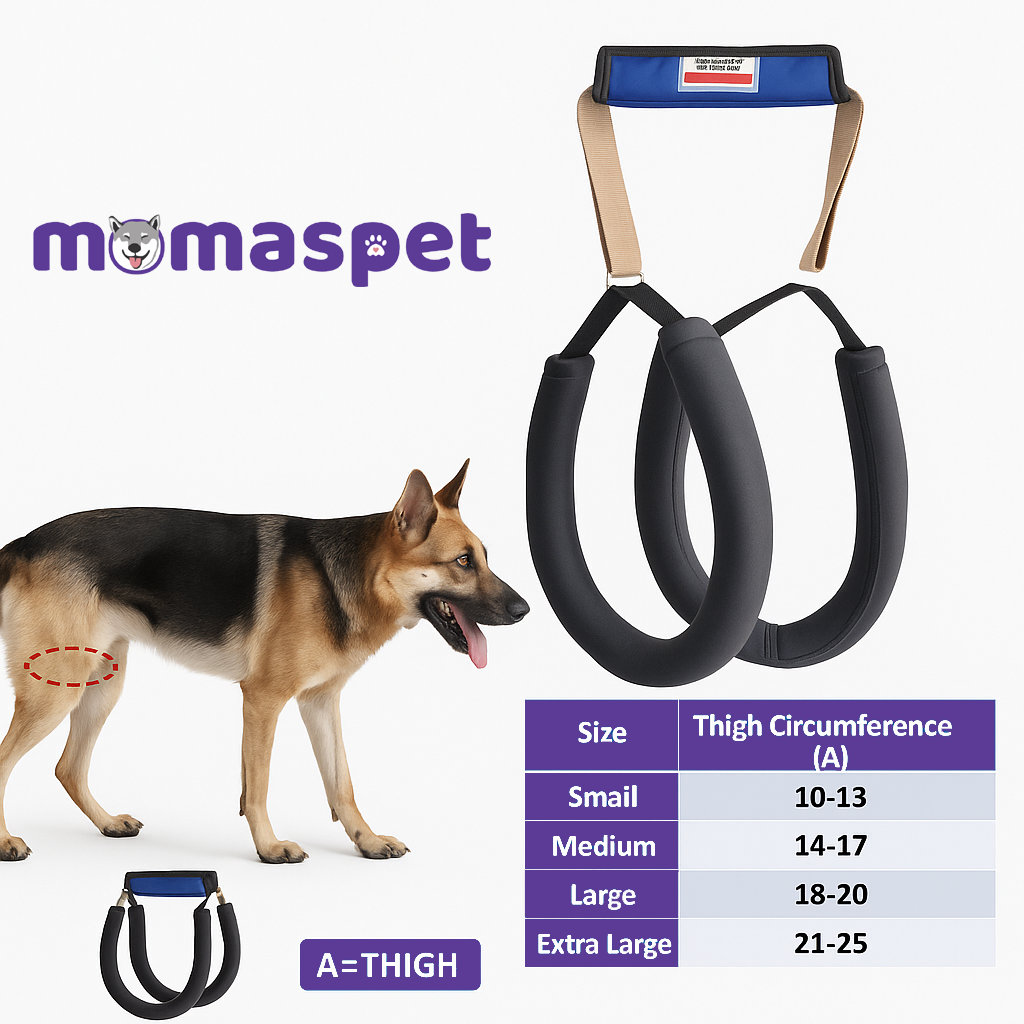
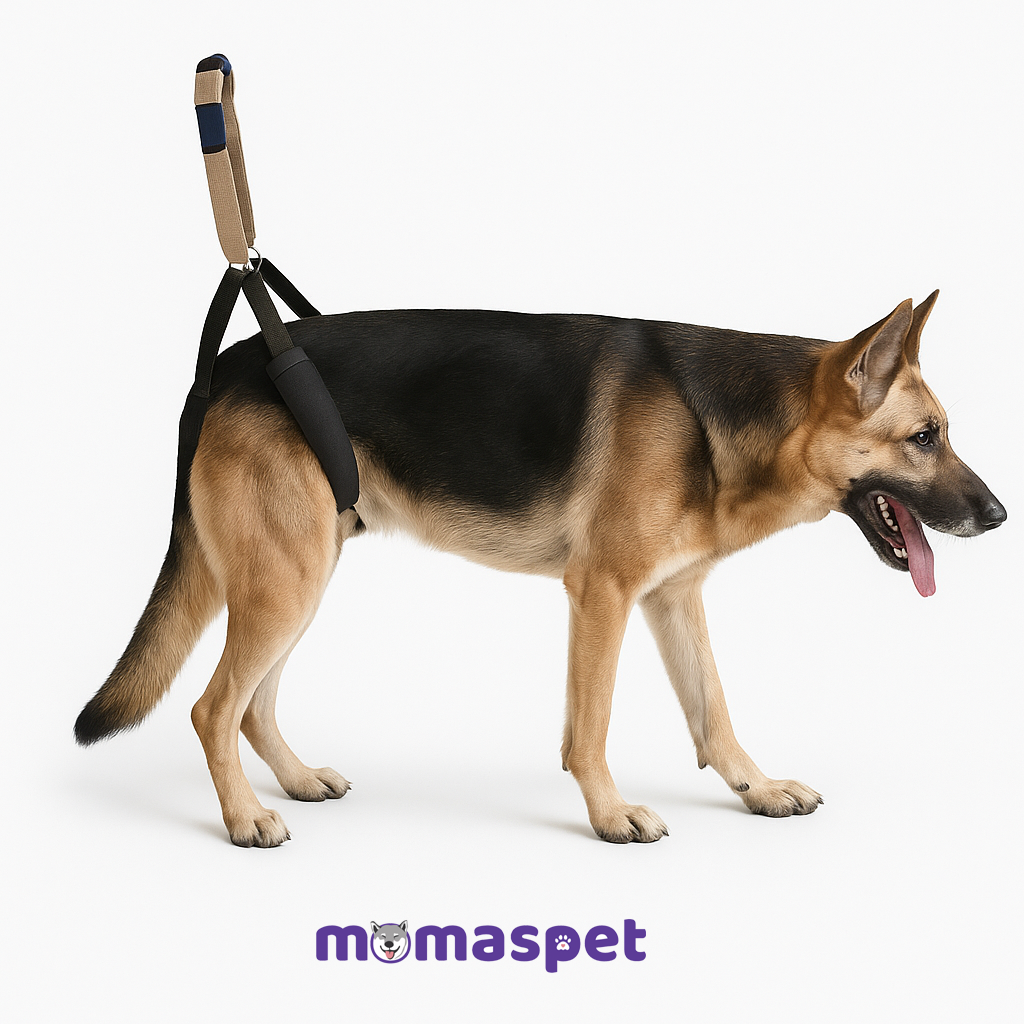
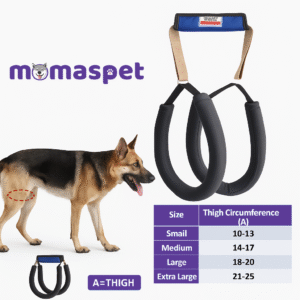
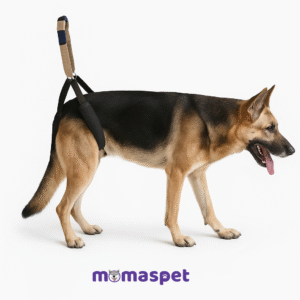
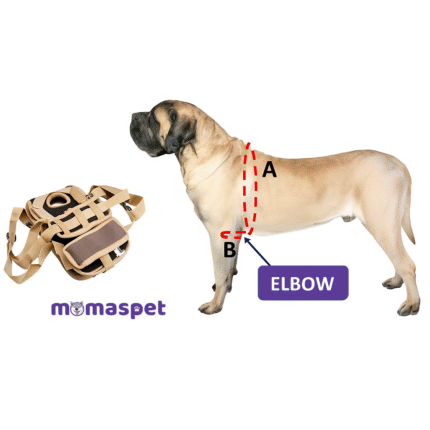


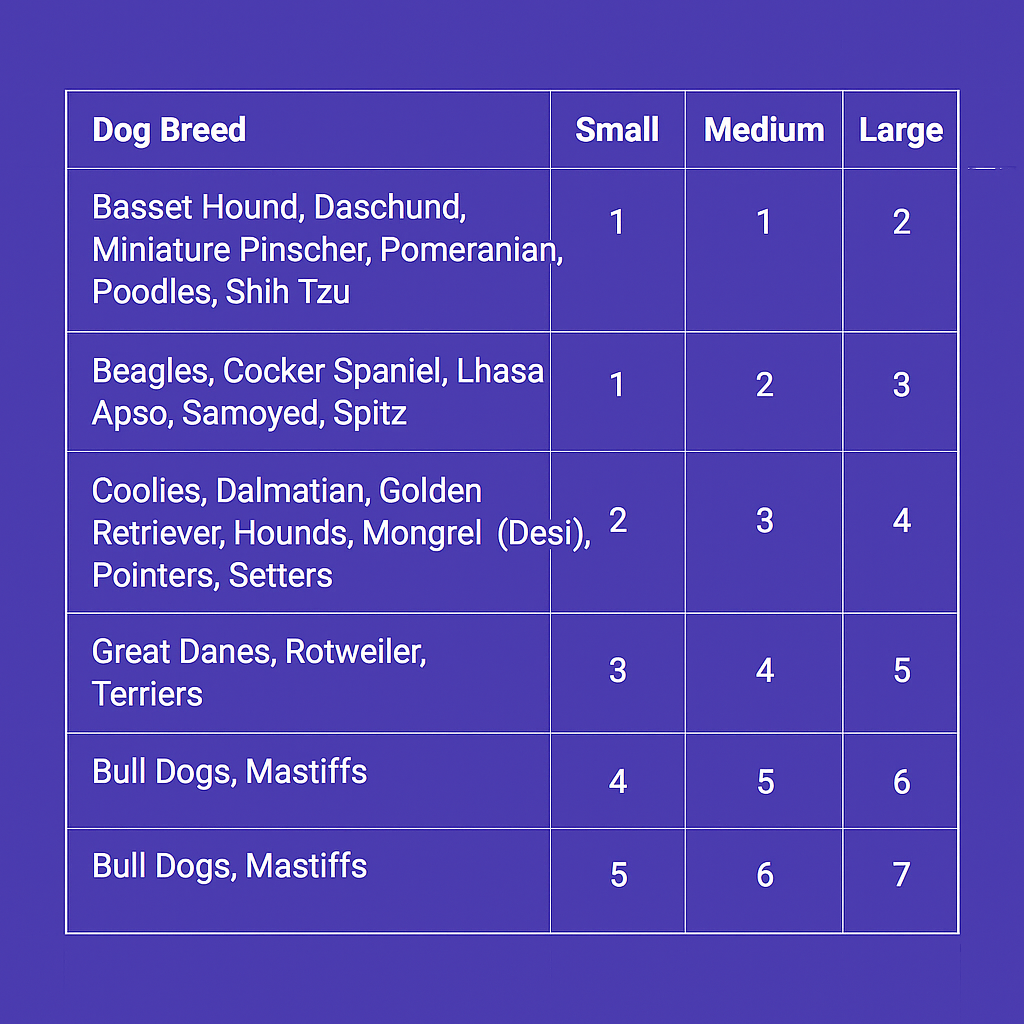
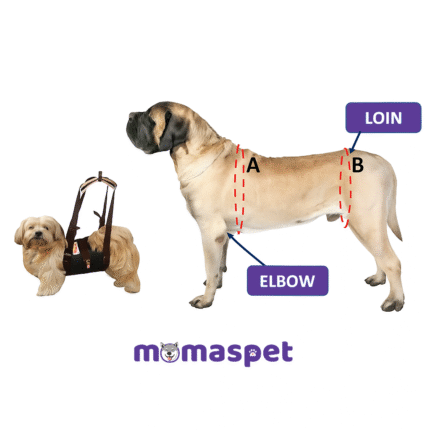
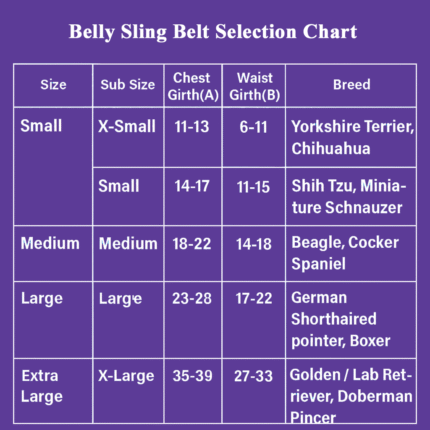
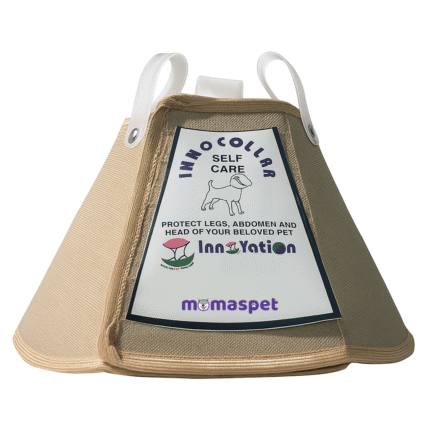
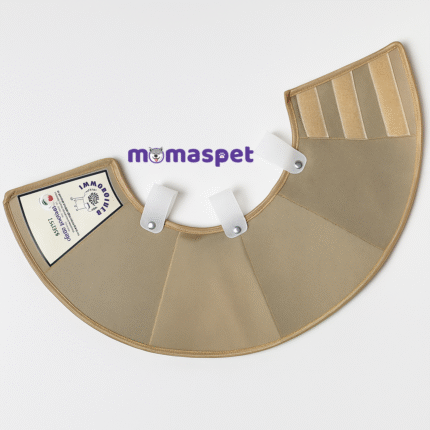
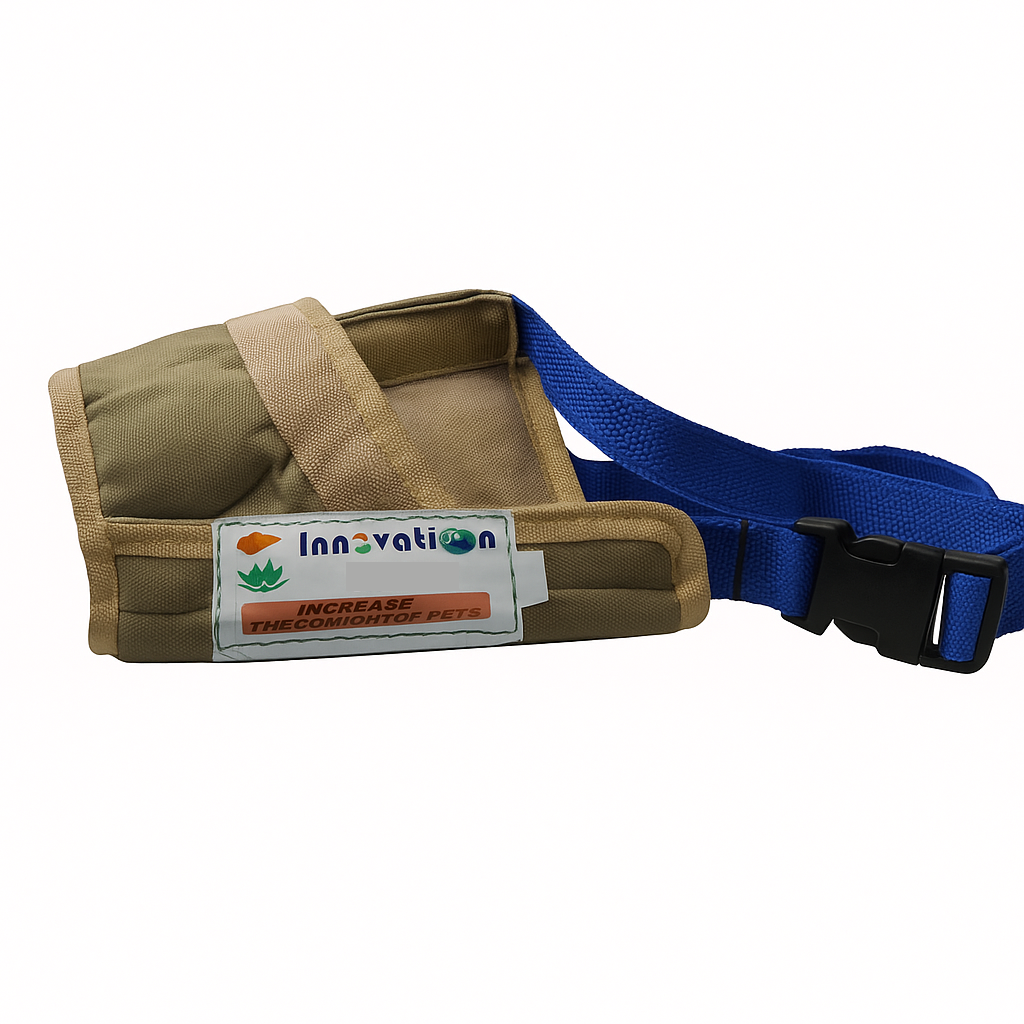
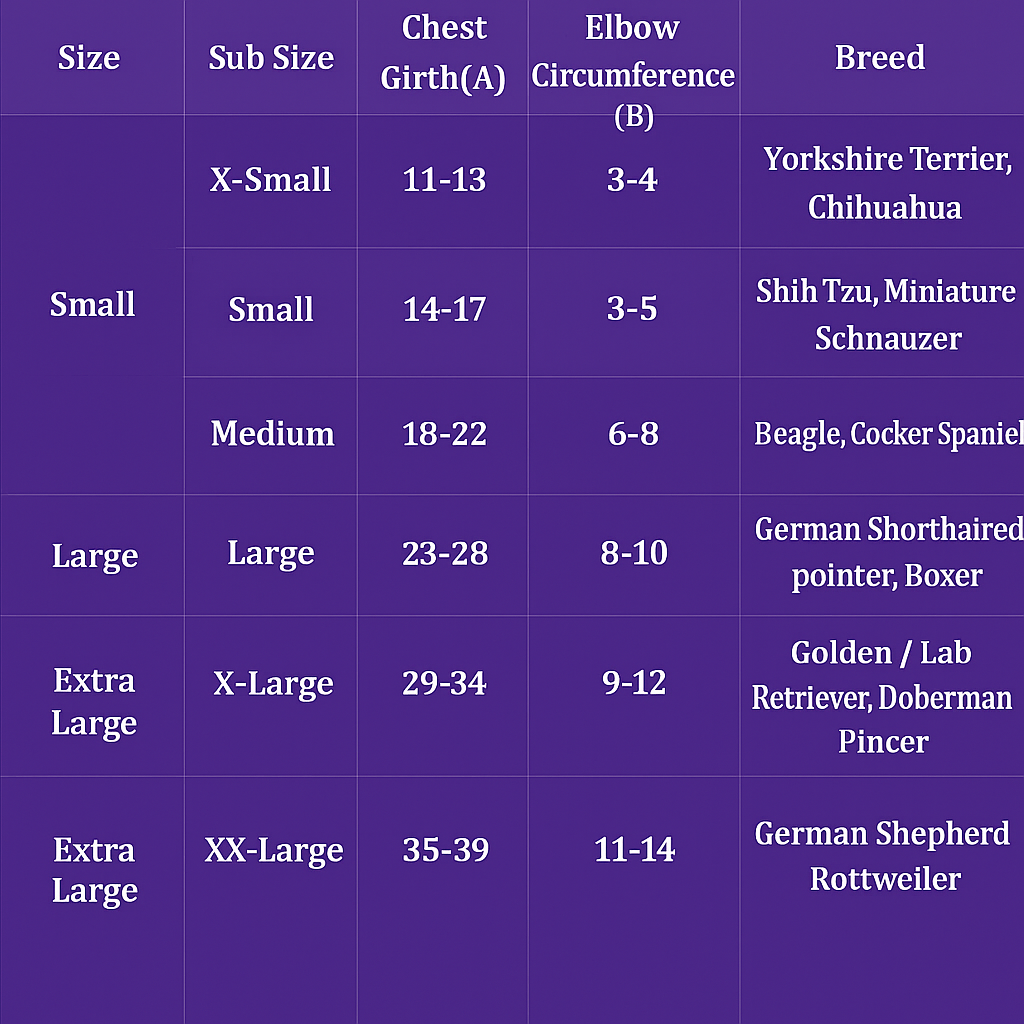
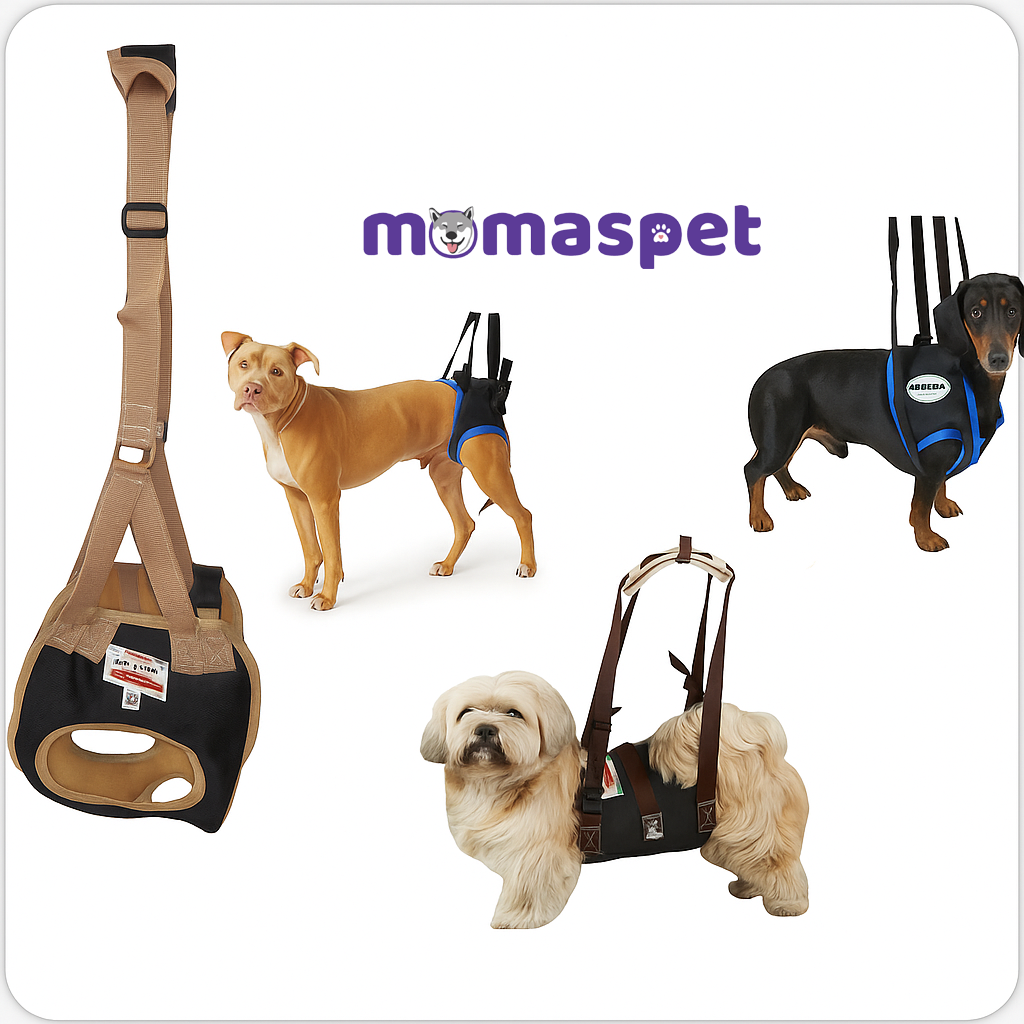
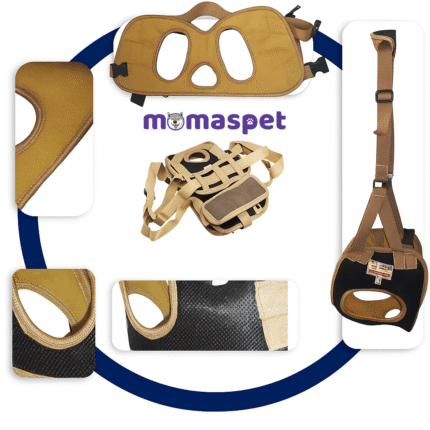
Reviews
There are no reviews yet.